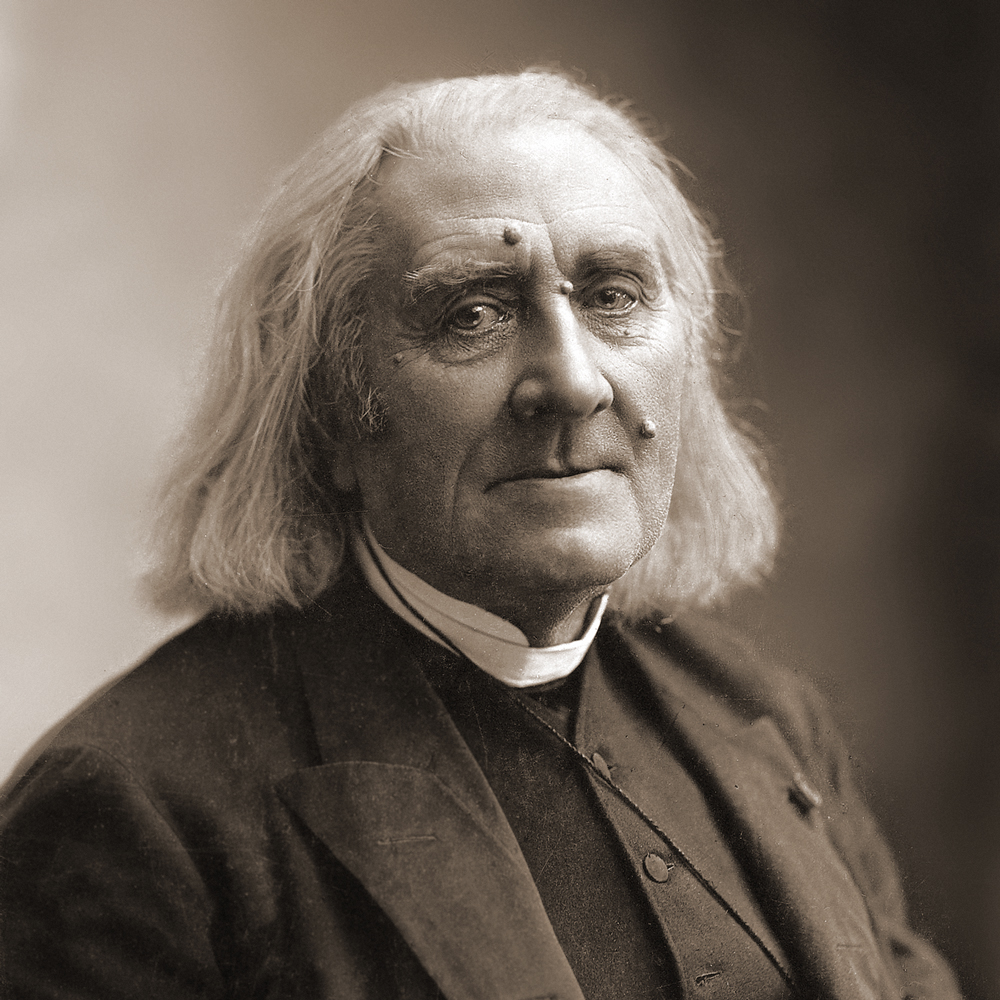Main Periods of Classical Music
"Steinway Immortal Franz Liszt"
The Baroque period which lasted from around 1600 to 1750 was a time where people became increasingly interested in music and drama in settings such as operas or dinner parties. The writing of music would see repeated melodies, usually focused on a particular mood or in a single key, with the harpsichord being the keyboard instrument of that time. Baroque music by composers such as Bach, Scarlatti and Vivaldi, featured complex pieces with intricate harmonies, and laid the groundwork for concertos and sonatas.
The ensuing Classical period from 1750 to about 1830 witnessed major development in the areas of symphonies, concertos and sonatas, notably piano sonatas when the instrument officially replaced the harpsichord. While orchestras increased in size and range, music in this era was identified as having a light and clear texture, with phrases being shorter and even in length. Two of the most prolific composers of all time, Beethoven and Mozart were of this period.
In the last century from 1830 to 1920, Romantic music portrayed intensity and expression of emotions such as nationalism or individualism; more than just a mood, Romantic music sought to evoke ideas or describe a scene. Instrument inventions and innovation also enabled composers to explore richer tones and dynamics. Less restrained by form and boundaries, this period saw the birth and rise of many virtuosos like Chopin, Liszt, Tchaikovsky and Wagner.
Increasing disposable income and growing appreciation of arts eventually meant that the middle class began to enjoy concerts and operas, and classical music was no longer exclusive to royalty and the wealthy.